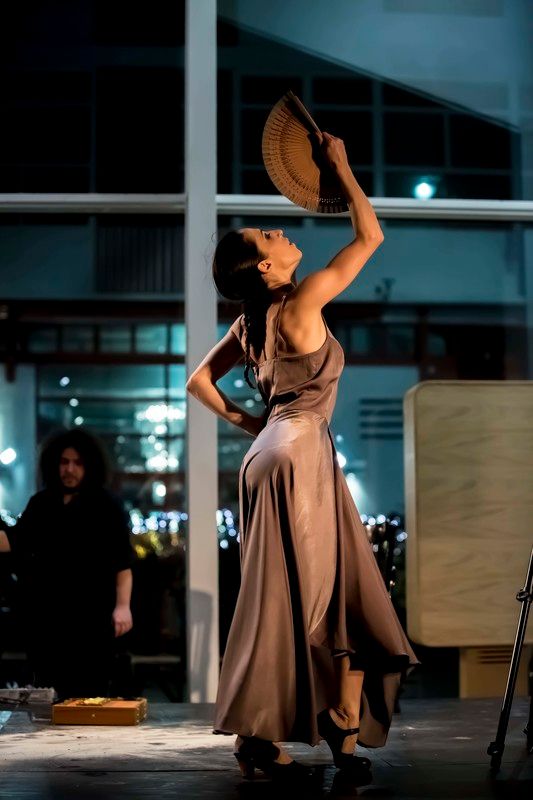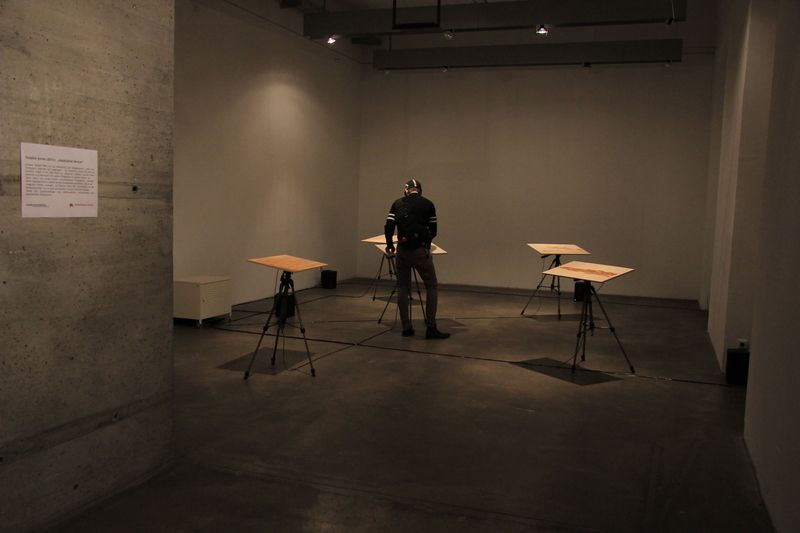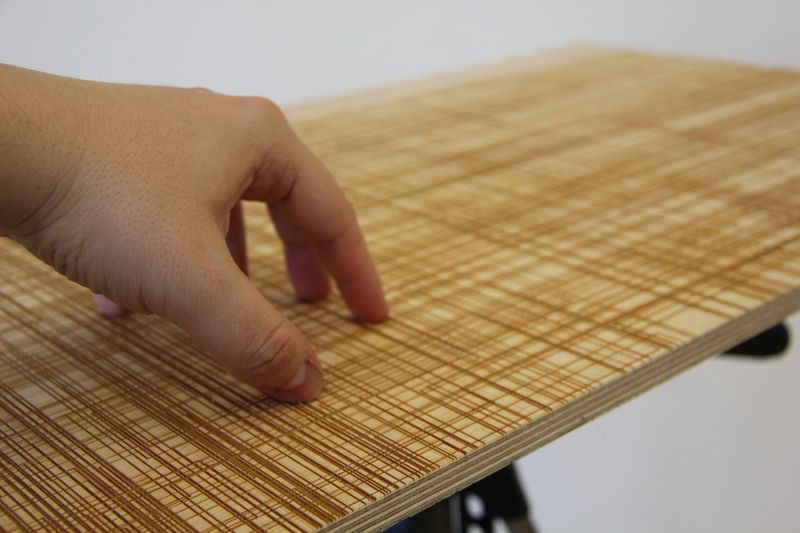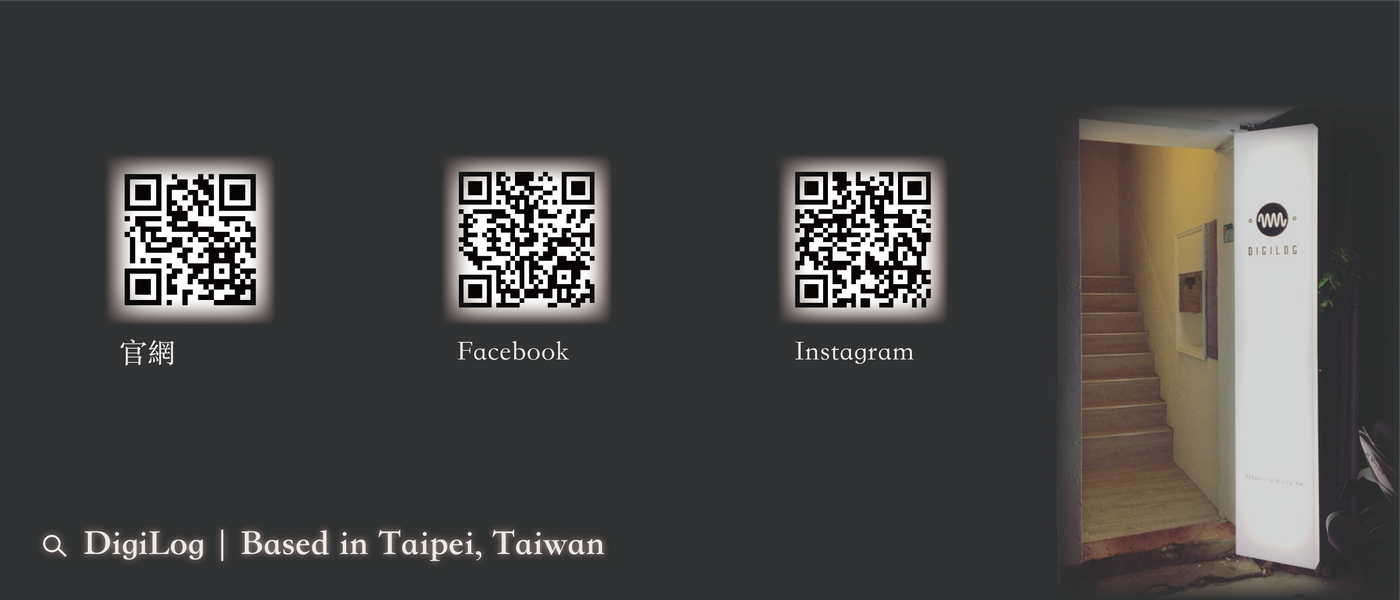"People. Enrique Tomás - Sound Artist in Logic and Emotion" | DigiLog Sound Lab

Enrique Tomás is a sound artist from Madrid, Spain, as well as a telecommunications engineer and an interdisciplinary creator. Since 2012, he has been a PhD candidate at the Linz University of Art and Industrial Design. The experienced Enrique has been in the music field for many years. In his early years, Lai listened to the ZX series game loading sound effects on the floor of the living room, and regarded it as one concert after another, which was his childhood. deep memory.
Algorithmic Echolocation
"Algorithmic Echolocation" is his early and very successful team work. Music Festival (Sonar Festival) and more. After a series of creations, I hope to inspire residents' ideas and collision systems. The concept of "Atmosfera::Sustrato_Ruido (Spanish: noise floor)" is to perform noise and performance art in the city. For example, one of the films uses bees. The song captures the faint sound of the city, amplifies it and plays it on the spot immediately, in addition, we can see that in this series, he places small speakers in the public domain, and these small speakers become a symbol, reminding the public of these The sounds that surround our cities are actually part of our culture. Below are some of Enrique's reflections on the works of this period.
Enrique:
“It was an important stage that allowed me to escape from work in galleries, nightclubs, etc., and present events in public. We combined a lot of performance art ideas, like noise performance art. There was one in Madrid. The movement is protesting against noise, for example, when people are walking down the road or coming out of bars, they have to be careful not to make noise in the street - the so-called city noise. Those politicians are trying to make the city more Quiet, but this is actually a means of control, a means of telling citizens to shut up and transform into a quiet culture.
Finally, we try to make the work that encourages people to create more creative noise. From another point of view, such as the performance with the buzzer, we want to emphasize what are "normal" sounds - even though they may sound bland, and turn these sounds into a concert. So the whole city is our medium and our musical work. And we also try to use these sound media to compose music. "
Bagatelles

Bagatelles is a series of very elegant creations, in collaboration with dancer Ana Morales, combining sound installations with flamenco dancing. In order to turn flamenco dance into a repertoire, "Bagatelles (Light Ditties)" combines elements. For example, Enrique made an instrument that was pulled by a wire, and with the consent of the artist Jochen Zeirzer, he used his work Abanico to rewrite the program. Finally, the fan mechanism can not only create sound elements, but also Also became an artificial flamenco dancer. In addition, Enrique also co-created with the artist Alberto Boem, cutting acrylic sheets with lasers and making them into vinyl-like objects, making musical instruments analogous to loops on the stage. Respond to the rhythm of the flamenco dance style.
Enrique:
“Bagatelles is a very special output because I don’t want any sound not generated from physically visible elements, not made from this stage. Each element is part of my stage aesthetics. , it's an electronic instrument, or a live sound, so there is no pre-recorded music at all. All the sounds are played with electronic musical instruments, but it's up to me or the dancers to make them real .
This is a very different output, because the dancers, the instruments, and the musical elements on the stage are closely related. Choreography and music are not two parallel processes. Let's put it this way, dance and sound are the same thing, because in this work, if there is no dance, the music will have no reason, and there will be no input for development. "
Q: Do you think the dynamics of the machine will limit the movement of the dancer, or actually give the dancer more possibilities?
Enrique:
"Well...for example, in some states, the dancer did a lot of floor dance (referring to dumping the body on the ground), and then I used a piece of my work "Tangible Score" Touching the microphone system, she uses the dynamics of her body to create music, she actually expands her body dynamics system. Another example in this piece is her dancing with the Abanico (Spanish: fan) installation. I think she choreographed with Abanico in mind, and obviously within the norms of flamenco dancing standards, one of the most important things in flamenco dancing is not to go beyond the rules of style. But I really I have to say, this choreography is perfect.
It (mechanical device) does not restrict the dancer, because flamenco dance has very strict and clear rules, which gives the dancer a basis and framework for development. And then her interaction with the machine is the fun part, seeing how she communicates with the machine and gives it life. Here, communication is a very important thing. "
Tangible Score

At present, Enrique is still focusing on the design of electronic musical instruments. His research and creation "Tangible Score" is a touch interface. He engraves (CNC) various graphics on the surface of several wooden boards. The plank becomes the physical interface. Through the experience of touching the wood carvings, the audience creates sounds and arrangements. But what is the connection between these patterns and music?

Enrique:
"The importance of this work to me is how, with the characteristics of use and specific configurations, the physical medium can be seen as a kind of musical depiction. So physical inspiration comes from objects, they can modify you The way I interact with objects. What I do is modify or shape objects, not objects that are seen everywhere, but creating new kinds of objects that operate in a specific way.
I created these patterned boards and invite you to interact with them in a specific way. I didn't create some kind of movement or posture and so on. And then what you're doing with it is the sound medium that's enhanced, they (the audience) create the sound and also map the visual part, and that's a big deal. Let's put it this way, it's not more important than the fact that you become an electrical conductor to create sound from these nicks, because the visual part of the work is really just the nicks. The notches I think about are a medium that makes you act, and when you look at those notches and move with them, you create the work.
Of course you have your own intuition about sound, and then act intuitively, and I think that's part of the innovation of the work - how to make the media and objects engage the audience, make it playful and stop. "
end
Enrique's work so far has continuously crossed various fields. He recorded many sound projects, collaborated with dancers, scientists, artists, and even stepped into the sound configuration of commercials. From his portfolio we can see To his extension towards sound art and music in all directions, to create a variety of different sound phantom fields.
Enrique:
“There are several tendencies that tie them together in all of my work. I started with Algorithmic Echolocation in 2005, and now is more or less a decade of my career as a sound art creator. Well, maybe I've tried to expand in different directions in sound art in these early ten years, and I think it's totally necessary, you do one piece, and then another, and then another, and maybe you think they're very different Same thing, but in the end you find they have a lot of connections. You're someone who can understand this, the work has a lot in common, maybe not the formal kind, but the way you create it, the texture of the sound and the fact that you have attitude, these are very personal things, and ultimately they are all part of the idea of your work.
The next ten years, I think, will be a question mark. Probably will limit a little new exploration at a certain time, and focus on a very special work. But I didn't think too much about it either. Perhaps finding connections is also a way of presenting sound, let's wait and see.
But I think I still want to enjoy life, and that's an attitude I won't change. Maybe do less installation works in the future, because it's really exhausting, and then have more fun.
about us-
We are DigiLog Sound Lab, specializing in computer music, synthesizers, sound technology and digital music and other related fields. Whether it is digital music or analog synthesizers, DigiLog looks forward to enabling everyone to discover different aspects of sound.

Like my work? Don't forget to support and clap, let me know that you are with me on the road of creation. Keep this enthusiasm together!

- Author
- More